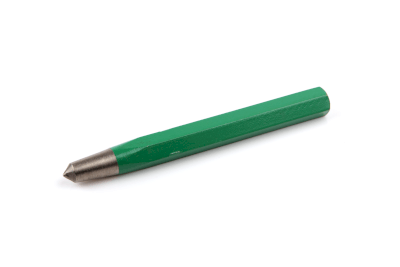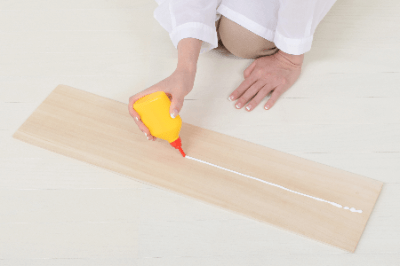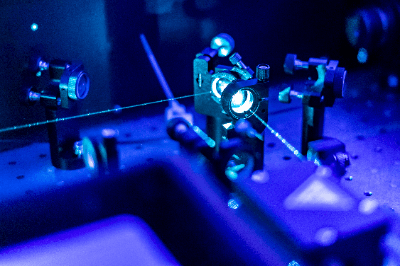What Is a Bolt Cutter?
A bolt cutter is a tool based on the principle of leverage and is specially designed to cut wire rods, bar steel, hard copper wire, and soft iron wire.
It produces a very large amount of power just by gripping the handle, allowing even those with a weak grip to cut hard and thick wire rods with ease. Bolt cutters are generally about 300 mm long, but large bolt clippers exceeding 1,000 mm are also available.
Bolt cutters are sometimes called “guard wire cutters” or “bolt cutters,” but the JIS standard designation is bolt cutters.
Uses of Bolt Cutters
Bolt cutters are primarily used to cut hard steel materials in wire or bar form, such as steel bars, hard copper wire, soft iron wire, stranded wire, cable wire, wire, and nails. They may also be used to cut thick padlocked chains and rebar.
Sites where bolt cutters are often used include construction sites, civil engineering sites, and plumbing sites. In addition, bolt cutters are always available as necessities for disaster relief. Small, inexpensive bolt cutters are also available at home centers and are used as DIY tools.
Principle of Bolt Cutters
The bolt cutter consists of a blade and a handle. The mechanism is based on the principle of leverage in two steps, so that the force applied at the end of the handle becomes 20 to 50 times the force at the tip of the blade, enabling easy cutting of hard steel materials.
The bolt cutter has a mechanism for adjusting the gap between the cutting edges. There are two types: an adjustable frame type with an adjustable mechanism at the base of the handle and an eccentric bolt type with an adjustable mechanism on the blade. When cutting a thin wire or soft steel, if the gap between the cutting edges is too wide to cut completely, use the adjusting bolt on the frame or the eccentric bolt to reduce the gap.
Types of Bolt Cutters
1. Classification by Size
Bolt cutter sizes (overall length) are defined by JIS standards and are classified into the following seven types.
- 300mm
- 350mm
- 450mm
- 600mm
- 750mm
- 900mm
- 1050mm
In addition to those specified by JIS, mini-sized bolt cutters such as 200mm and 250mm are also available.
2. Classification by Cutting Edge Shape
There are two types of cutting-edge shapes: double-edged (center-cut) type and single-edged (clipper-cut) type. The double-edged type has a thicker and stronger blade and can cut harder and thicker materials than the single-edged type. The single-edge type has a flatter cutting surface than the double-edge type.
3. Angular Cutter (Slanted Type)
Bolt cutters are available with a slanted cutting edge, called an angular cutter, which has a cutting edge bent at about 30 degrees. The angular cutter can cut reinforcing steel bars protruding from walls and floors at reinforced concrete construction sites, etc. from the base because the cutting edge can be placed flush with the wall or floor. The angular cutter can also be used as a regular bolt clipper by replacing the blade.
Other Information About Bolt Cutters
Safety Precautions When Using Bolt Cutters
Since bolt cutters cut hard, thick objects, flying debris can cause unexpected injuries. The following three safety measures are important.
1. Protective Goggles
It is safe to work with safety glasses to prevent injury in the event of flying debris from cutting.
2. Anti-Scattering Measures
Cover the cutting point with a cloth or bag to prevent flying debris. When cutting strands, wrap the vinyl tape around the cut area and cut the entire tape to prevent it from falling apart.
3. Cutting Several Times
If the piece is difficult to cut, do not try to cut it in one pass, but rather cut it several times. If you try to cut with too much force, fragments may scatter easily and damage the blade.
Also, it is easier to cut from the center to the base of the blade, rather than the tip of the blade, because it is easier to transmit force.





